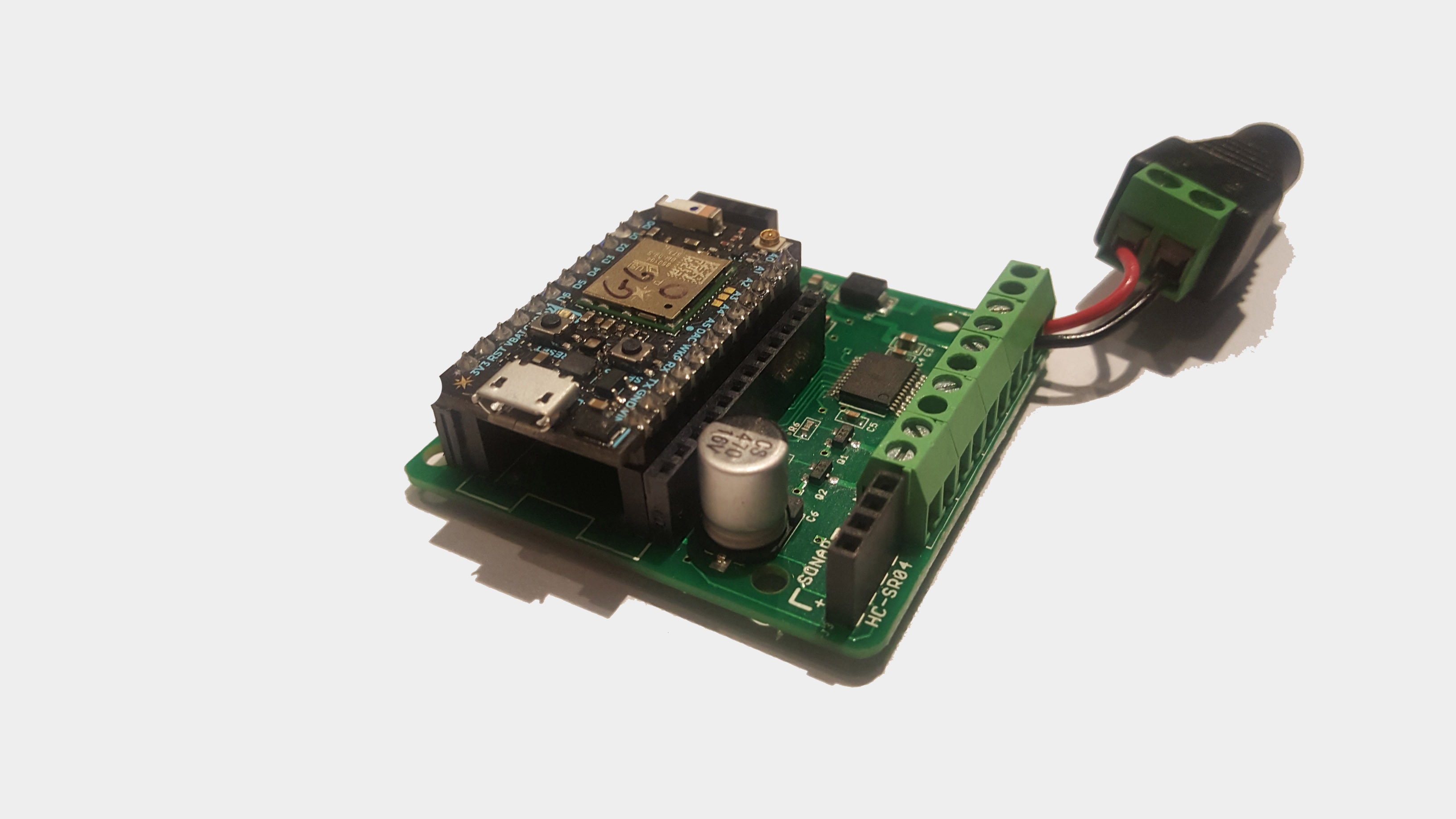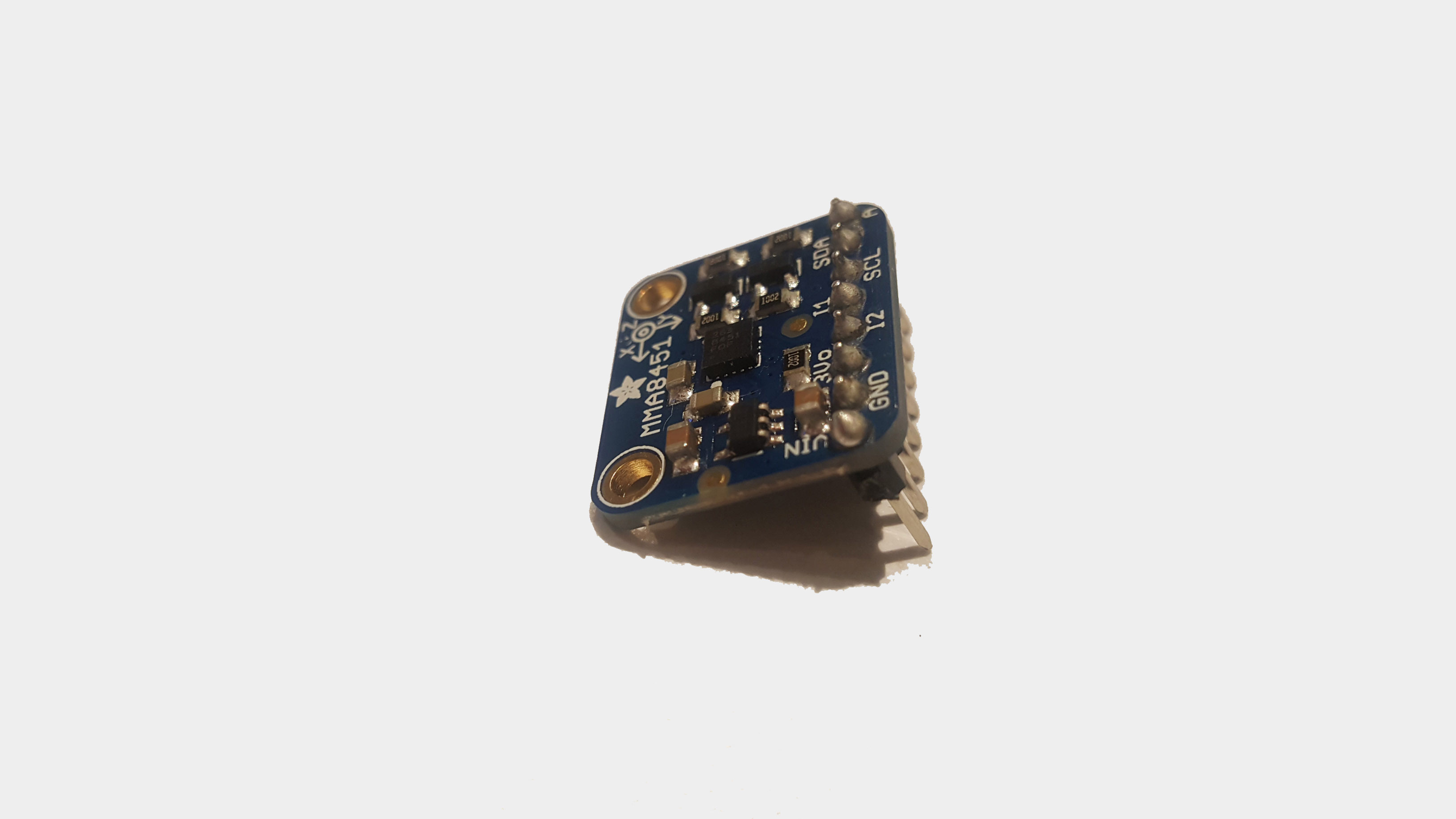Group 6
Emily Salvador, Johae Song, Xiyao Wang, Xueting Wu
Concept

We explored how to convey emotional telepresence.
We created a device that allows you to reflect on your affective state and share it with a loved one or friend over long distances. Select between one of four emotional states that describe your mood [LOVE, HAPPY, SAD, ANGRY]. If your emotional state matches your partner’s emotional state, you’ll receive special animations to signal that you and your partner are sharing the same feeling. If you’re curious about how your partner is feeling, rotate your cube to try to match their emotion. If you turn the cube on its side, it’s in ‘DO NOT DISTURB’ mode, so the animations won’t wake you up at night or distract you while you’re busy.

We created a rough sketch of how we would embed the fan instead of our cube scaffolding.
The two sides of the cube have accessible hand grasps for rotating the device and look different than the faces of the cubes that convey emotion. Each emotional face is clearly labeled so the user can know which emotional state they’re trying to share.
Affordances
While in the research stage of our project, we brainstormed what the affordances and constraints were of various components of our overall device. Those components were the photon, the sensor (accelerometer), and the actuator (fan).

The Photon with Phobot Shield
The photon allows for communication between devices wirelessly. Additionally, there’s an LED on the photon device, which is useful for debugging and conveying binary states. There are some constraints with using the photon however. You can only send messages at one second intervals and those messages were limited by the requirements of the assignment. For this project, we were only allowed to send one 3 integer array, where the integers were bounded between 0-255.

MMA8451 Accelerometer
Our team used the accelerometer for our sensor. The affordances of the accelerometer allowed us to measure 3 separate acceleration variables along the x-axis, y-axis, and z-axis. Those values ranged between -8000 to 8000, so we had to bound the values to fit within the 0 to 255 constraint. If we didn’t, we wouldn’t be able to interface our project with other groups projects. Additionally, the accelerometer can measure orientation (while still). For example, [0, 0, -Z_Gravity] would correspond to the board lying facing up, with a negative Z acceleration due to gravity. The accelerometer can also measure motion, however, because the photon only sends messages at one second intervals, we decided to focus on orientation to minimize latency in our system.
Our team used the motor (FAD1-06025) for our actuator. The fan can move at different speeds, in the forward and reverse directions. The fan can also be animated by pulsing at different frequencies. For example, we could create a heartbeat profile based on stopping and starting the fan in a fast, slow, fast, slow motion. The motor can also be stopped completely using the stop() function. We can use the motor to control external components if they’re light enough to be moved by the fan’s motor. Additionally, we could use the fan to hover or propel, if the component is light enough. The fan can be used to inflate closed, stretchy materials. The biggest constraints of the fan is that it’s not very powerful and it’s challenging to predict the exact motion of the air flow.
We tried to design our device with affordances in mind. After the check-in presentations, the TAs mentioned that we should think about how to make it clear how the users can interact with the device. We added circular grips to the side panels to indicate that the device can be rotated. Additionally, the emotional panels look very different than the side panels. If you turn the device on its side, it will go into “DO NOT DISTURB” mode, which makes sense given there are no emotional cues on the rotation sides of the cube. We also wanted this device to be safe, so we completely enclosed the fan so the user wouldn’t stick his or her finger in a place where they could be injured.
Implementation
When brainstorming ideas, we wanted to explore something that conveyed emotional telepresence. Additionally, we decided early on that we wanted to focus on orientation of the device over motion since that would convey telepresence over a longer period of time than discrete movements. That led us to the idea of using a cube for the scaffolding of our interactive telepresence.

For the physical prototype we wanted to make sure we could create a mechanism that could rotate within the cube to keep the fan orientation constant.
To prototype the cube, Johae and Xiyao designed a built a working model using cardboard and metal rods. They worked out issues like how to calibrate the inner mechanism to be weighted correctly so the fan always points forward. On the programming side, Emily worked on defining functions that would allow the team to debug quickly and to determine if orientation was a good way to use the accelerometer. Additionally, we added a PCB connector board to our accelerometer to make it easy to attach and detach from the photon. Xueting designed graphics to help us determine how we would convey the emotional signaling on our device.
We attempted to use paper flaps with the fan, but during prototyping we realized the fan just wasn’t strong enough. While trying other ideas, we discovered that we could use the fan to power a propeller on the face of the cube. With that we switched tactics to focus on creating a mechanism for spinning the propeller super fast so the user would see a visualization of their emotion when activated.

Our final device was fabricated with black acrylic.
Our final implementation was made out of black acrylic for a finished look and structural integrity. For the hardware, Johae and Xiyao worked to make our final project functional and polished. On the software side, Emily programmed the photons to trigger the fans at full strength if the accelerometers were in the same orientation. Visually, if two cubes were oriented the same way, then the will trigger causing the propeller to spin and display a 3D visualization of the emotion. Xueting added symmetrical graphics, so when the propeller spun, the shape would be visible in 3D and show the orientation of the device.
